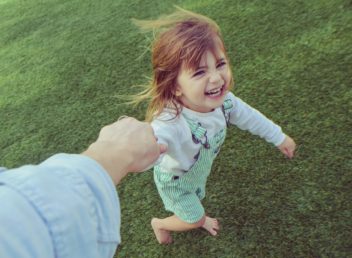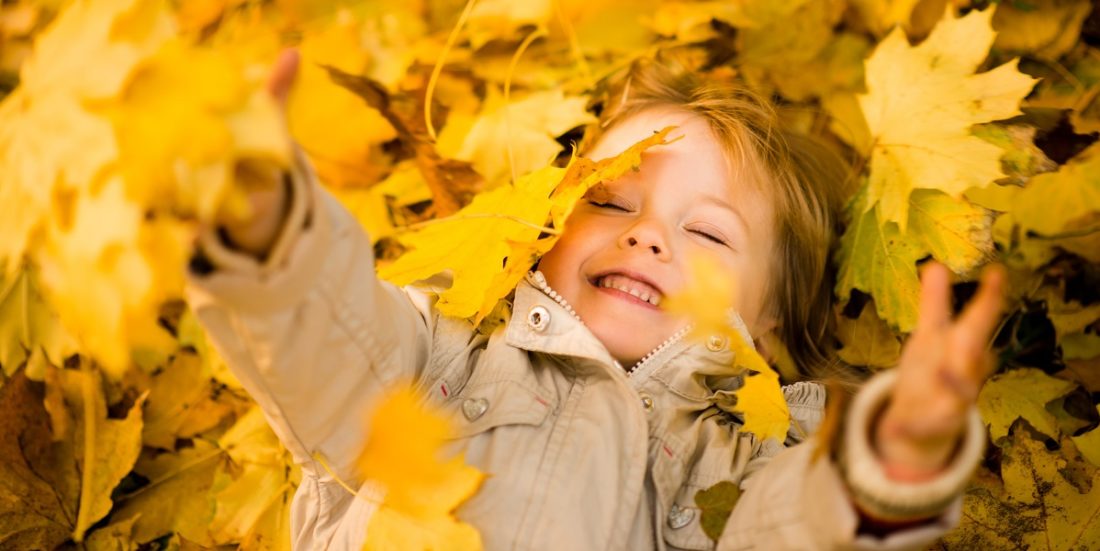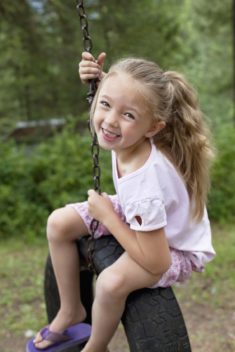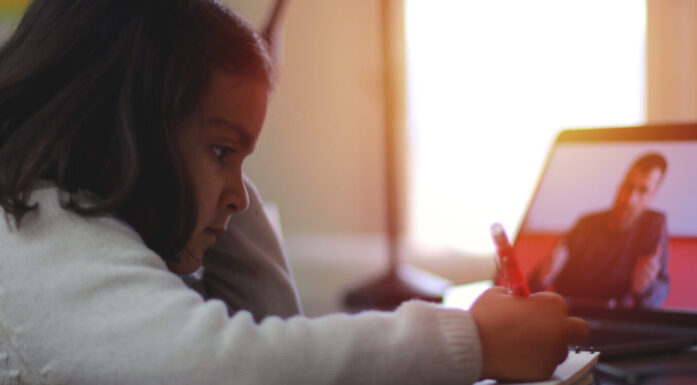Physically active children are less depressed
Children benefit from physical activity. And it can even help children cope with depression.
PHYSICAL ACTIVITY: Previous studies have shown that adults and young people who are physically active have a lower risk of developing depression. But the same effect has not been studied in children – until now.
Results from a new study show that children experience the same beneficial effects as adults from being active. The study defined “active” as moderate to vigorous physical activity that leaves kids sweaty or out of breath.

Physically active 6-year-olds and 8-year-olds showed fewer symptoms of depression when they were examined two years later. Photo: Thinkstock
Researchers at NTNU and NTNU Social Research have followed hundreds of children over four years to see if they could find a correlation between physical activity and symptoms of depression.
Healthy to roughhouse
Researchers examined just under 800 children when they were six years old, and conducted follow-up examinations with about 700 of them when they were eight and ten years old. Physical activity was measured with accelerometers, the same kind of sensor that allows your smart phone to detect movement, and parents were interviewed about their children’s mental health.
“Being active, getting sweaty and roughhousing offer more than just physical health benefits. They also protect against depression,” says Tonje Zahl, a PhD candidate at NTNU. She is first author of the article on the study’s findings, which was recently published in the February 2017 issue of Pediatrics.
The work was conducted as part of Tidlig Trygg i Trondheim, a multi-year study of child development and mental health.
Fewer symptoms
Physically active six- and eight-year-olds showed fewer symptoms of depression when they were examined two years later. Physical activity thus seems to protect against the development of depression.
“This is important to know, because it may suggest that physical activity can be used to prevent and treat depression already in childhood,” says Silje Steinsbekk, associate professor in NTNU’s Department of Psychology. Steinsbekk and Professor Lars Wichstrøm are Zahl’s mentors and coauthors.
Steinsbekk stresses that these results should now be tested in randomized studies where researchers increase children’s physical activity and examine whether those who participate in these measures have fewer symptoms of depression over time than those who do not participate.
“We also studied whether children who have symptoms of depression are less physically active over time, but didn’t find that to be the case,” she says.
Facilitate activity for children
Previous findings in adolescents and adults showed that sedentary lifestyles – like watching television and computer gaming – are associated with depression, but the NTNU children’s study found no correlation between depression and a sedentary lifestyle.
Depressive symptoms did not lead to greater inactivity and a sedentary lifestyle did not increase the risk of depression.
So the message to parents and health professionals is: Facilitate physical activity, where children get a little sweaty and breathless. Try a bike ride or outdoor play. Limiting children’s TV or iPad screen time is not enough. Children need to actually increase the physical activity.
An article about this research was also recently published in Time Magazine’s Health section.
Source: Physical Activity, Sedentary Behavior, and Symptoms of Major Depression in Middle Childhood. Tonje Zahl, MSC, Silje Steinsbekk, PhD, Lars Wichstrøm, PhD. Pediatrics, February 2017.






